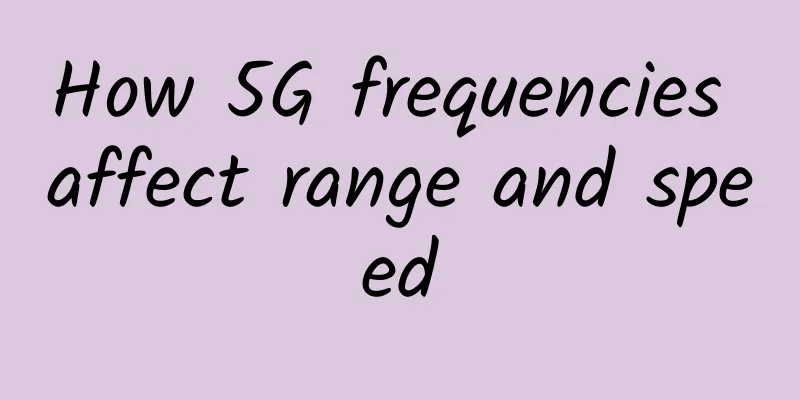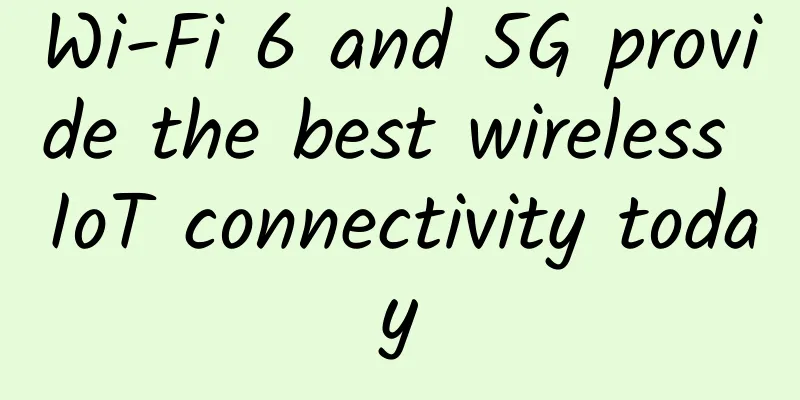How 5G frequencies affect range and speed

|
Experts say that while 5G technology is a huge improvement over previous generations of wireless technology, much of the impetus for 5G to move into new spectrum bands comes from old-fashioned physics. It can be difficult to pinpoint exactly what frequencies 5G technology will use, in part because it varies so much between countries and even between different carriers. However, most 5G frequencies can be put into three main groups.
Low-end: 650MHz to 1GHz Lower frequencies — from 650MHz at the lowest to 1GHz at the highest — are particularly favored by wireless companies deploying 5G. Signals in this range travel over relatively long distances, which means service providers can cover a large area with a single access point. However, using 5G in the lower ranges of the 5G radio spectrum is a serious limiting factor, according to Gartner analyst Bill Ray. “These frequencies are very popular,” he said. This is a problem because while the channel capacity at the low end is the same as at higher frequencies – that is, a 5MHz-wide channel in the 850MHz range offers the same throughput as a 5MHz-wide channel in the 2.6GHz range – the lack of available spectrum means there simply aren’t enough channels to deliver the high connection speeds advertised by 5G. To achieve higher speeds, 5G uses wider channels. "In 3G, the standard transmission was 5MHz wide," Ray added. "In 5G, we're talking about 100MHz-wide slots, so your transmission channels can run anywhere from 2.4Ghz to 2.5Ghz." In the middle: Sub-6GHz and the peak of the spectrum Most of the performance and efficiency gains promised by 5G technology rely on a portion of the spectrum close to Wi-Fi – the “sub-6GHz” range between 2.4GHz and 6GHz, which is a departure for service providers who are used to running it a little lower. “Sub-6GHz is new spectrum for them,” said Patrick Filkins, senior research analyst at IDC. “It means bigger channels and improved latency.” Another issue is that there is available spectrum in this band, specifically in the Citizens Broadband Radio Service/General Authorized Access (CBRS/GAA) spectrum between 3.5GHz and 3.7GHz. This spectrum uses a priority access system, where users are given first dibs, but other users may use the frequency anywhere that does not interfere with those users. Needless to say, the operators are interested in the spectrum. As individual carriers scramble for their own share of precious spectrum, 5G coverage will continue to expand, and its advantage over Wi-Fi in one particular respect will become more apparent. 5G spectrum is allocated to one licensee per geographic region, while Wi-Fi offers no such exclusivity; anyone can use it anywhere, setting the stage for signal overlap and interference. “The way cellular is deployed is deterministic — one of its biggest benefits over Wi-Fi is its ability to overcome interference issues that Wi-Fi hasn’t yet solved,” Filkins said. High-end: millimeter wave For all its optimizations and sophistication, 5G still requires a lot of bandwidth to deliver on its promise of multi-gigabit throughput. And while the wireless industry is aggressively pursuing bandwidth at lower frequencies, there just isn’t enough room to go around in the more desirable 6GHz and sub-1GHz ranges. Millimeter wave technology, which operates in the frequency range of 24GHz to 60GHz, depending on which expert you talk to and the specific technology involved. These particularly high frequency bands allow for particularly wide transmission channels, resulting in extremely fast connection speeds, but there are a number of disadvantages. “The only good thing about millimeter wave frequencies is that they’re empty, so there’s plenty of room,” Ray said. First, due to basic physics, signals in the millimeter wave range simply don’t travel very far compared to signals in lower regions of the RF spectrum, and they don’t penetrate solid objects such as walls and windows. This means that to cover a given area (even within a single building) you need to deploy a large number of access points. "It's not ready for enterprise deployment yet," Filkins said. "It's not powerful right now, but it has a lot of potential." Millimeter wave technology has been around for at least a decade. The unlicensed wireless world has long had the 802.11ad standard, which is essentially Wi-Fi running at millimeter wave frequencies. Qualcomm and Huawei have both made equipment that operates in that range, but the limitations of the technology, and the continued drought of end devices that can actually take advantage of it, means it has remained on the sidelines. Of course, this won’t always be the case. Trends in wireless bandwidth requirements indicate that the demand for spectrum will be so great that mmWave will be needed to address it. “The rest of the world will eventually use [millimeter wave], they’re not using it now,” Ray said. But for now, especially given the fact that adding millimeter-wave antennas and modems to phones and laptops will increase their unit costs by $20, Ray said millimeter-wave will remain a technology of the future. |
<<: Interviewer asked: Tell me about the principle of IP address allocation
Recommend
Slow Internet speed? These 8 methods can completely solve it
Here are 8 ways to fix a slow Internet connection...
MWC19 Shanghai | Open decoupling, the next generation evolution of operator networks
[[268794]] With the promotion and application of ...
The three major operators released their operating data for December
China Telecom's mobile user base increased by...
LOCVPS New Year Promotion: Netherlands VPS 40% off, starting from 22 yuan, Singapore VPS/Russia VPS/Hong Kong VPS 30% off
LOCVPS (Global Cloud) is a long-established Chine...
HostXen fully upgrades KVM, new users get 20 yuan for registration, monthly payment starts from 70 yuan for 6G memory in the United States/Japan/Hong Kong
HostXen sent the latest information, the platform...
The challenges of 5G have just begun
The COVID-19 outbreak that has ravaged the world ...
How do Internet giants achieve load balancing and high availability? You will understand after reading this article
[[284447]] 1. What is load balancing? What is loa...
The existing network is difficult to achieve great success, will 5G be the savior of the Internet of Things?
5G is the fifth generation of mobile cellular tec...
InspireVM: $2/month KVM-512MB/7G NVme/512GB/Chicago Data Center
InspireVM is a site under Inspire Solutions LLC. ...
Application of 5G in epidemic prevention and control in medical system
At the beginning of 2020, the COVID-19 epidemic w...
With the advent of the 5G era, will the divorce rate drop?
01 The divorce rate remains high during the epide...
LisaHost adds home broadband VPS with native US IP, optional AS9929 or 4837 lines
Recently, I have seen many friends looking for ho...
2017 Network Technology Outlook: No Breakthroughs, Only Evolution
It has to be admitted that no one can live withou...
Single-mode fiber: What's next?
As the demand for high-speed, reliable networks c...
Talk about STM32 network interruption
[[380734]] 01 Introduction Network interrupt vect...









